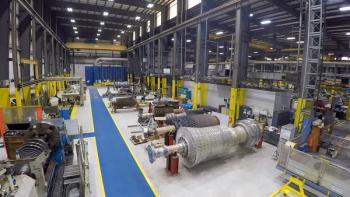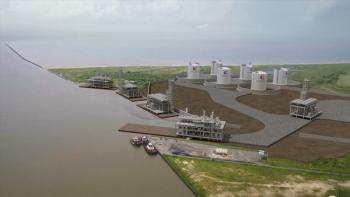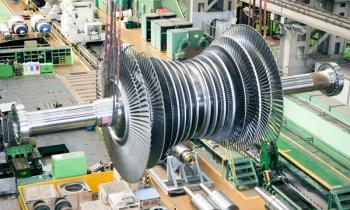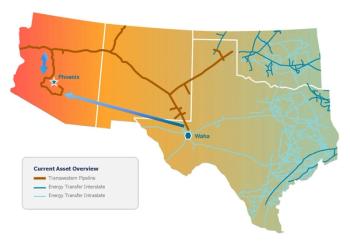
Direct Ammonia Injection Reduces NOx Emissions
Paul DiMascio of ProEnergy discusses how a direct ammonia injection system impacted emissions, costs, footprint, and efficiencies.
In part two of our interview with Paul DiMascio, Chief Engineer at ProEnergy Services, at At POWEGEN 2025, he dives deeper into the case study on a GE LM6000 selective catalyst reduction (SCR) pilot at Wattbridge Energy’s Braes Bayou facility using EnergyLink’s direct ammonia injection (DAI) system.
Compared to a traditional ammonia injection system, a DAI system “actually dropped the amount of NOx going out the stack by 5%,” DiMascio said. “EnergyLink provided the test unit that had both the standard type of ammonia injection system and the DAI on the same powertrain, on the same days, with the same engine, producing exactly the same amount of power—we could compare back-to-back, and we got a 5% improvement.”
EnergyLink’s pilot at the Braes Bayou facility reduced NOx by 5%, resulted in approximately the same slip, and kept the engine performing exactly the same. “So, it was lower cost, a lot smaller, and it kept the performance up and reduced the amount of emissions,” he said.
DiMascio explained that the multi-pollutant catalyst material enabled EnergyLink to move the injection point upstream. “In conventional systems, you have to be downstream of the CO, or it will oxidize the ammonia, which is not what we want. So, the combination of this new technology and the design means that the cost of electricity goes down for the power plant manufacturer, the operator, and the electricity consumer,” DiMascio said.
Newsletter
Power your knowledge with the latest in turbine technology, engineering advances, and energy solutions—subscribe to Turbomachinery International today.




